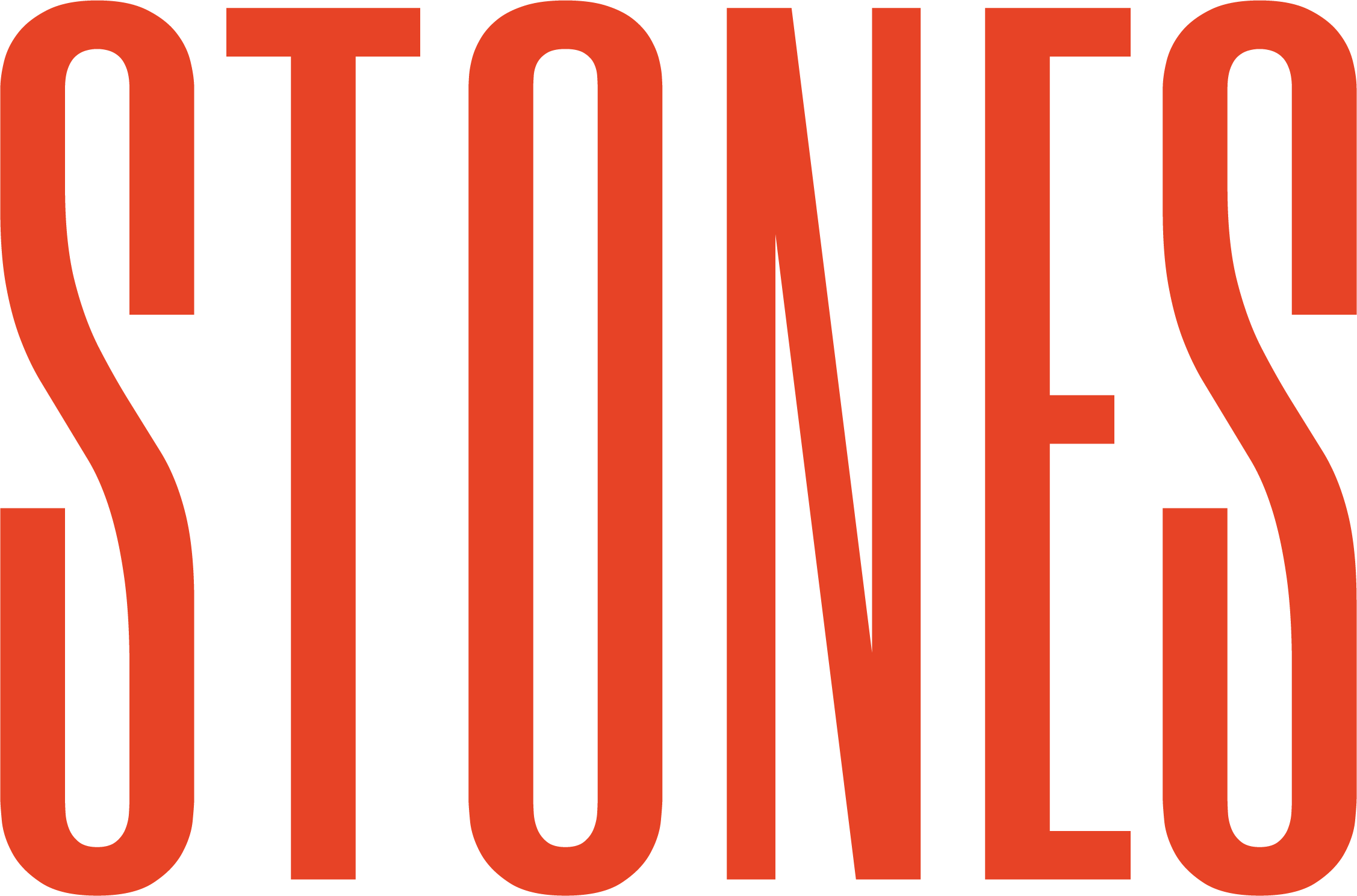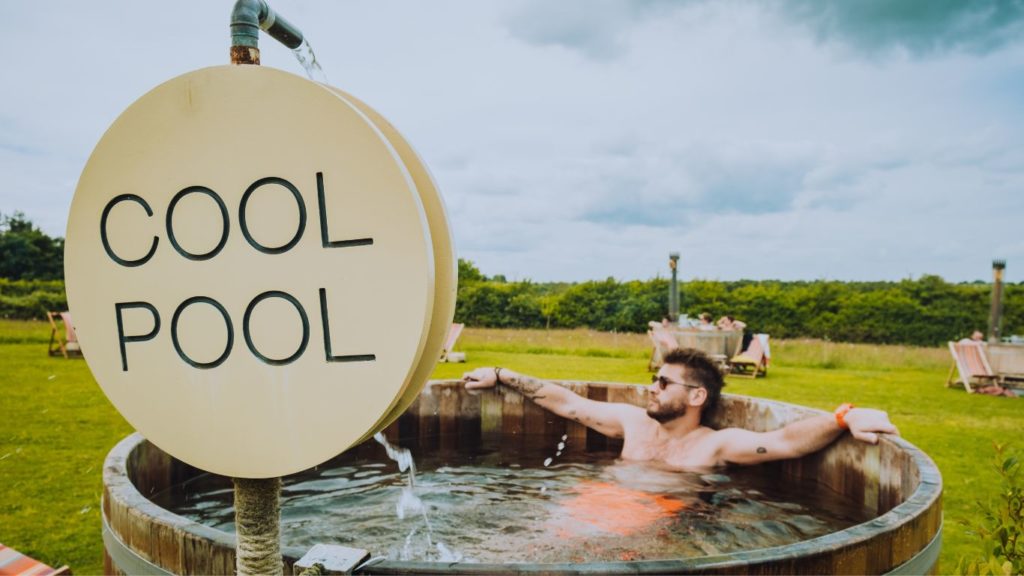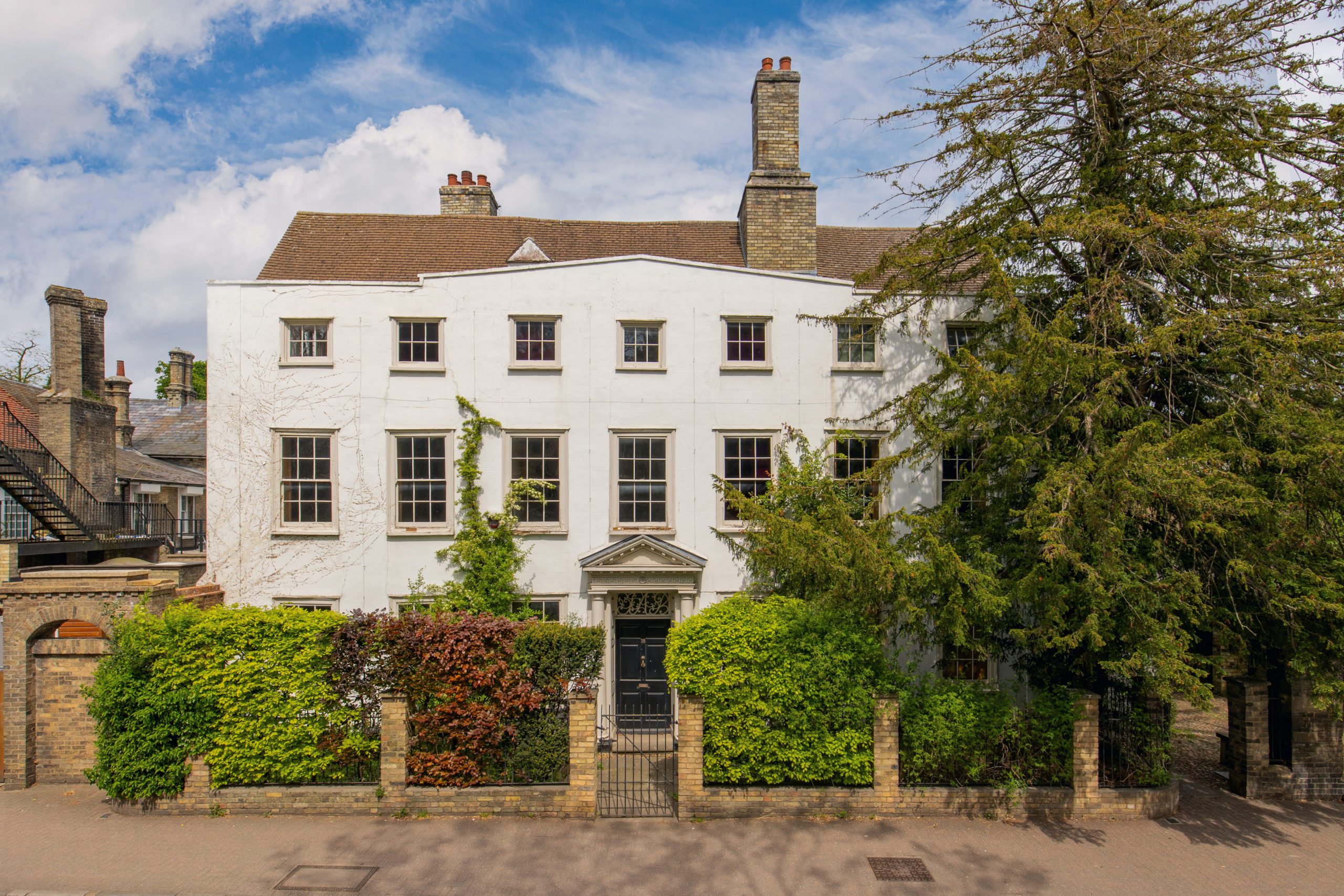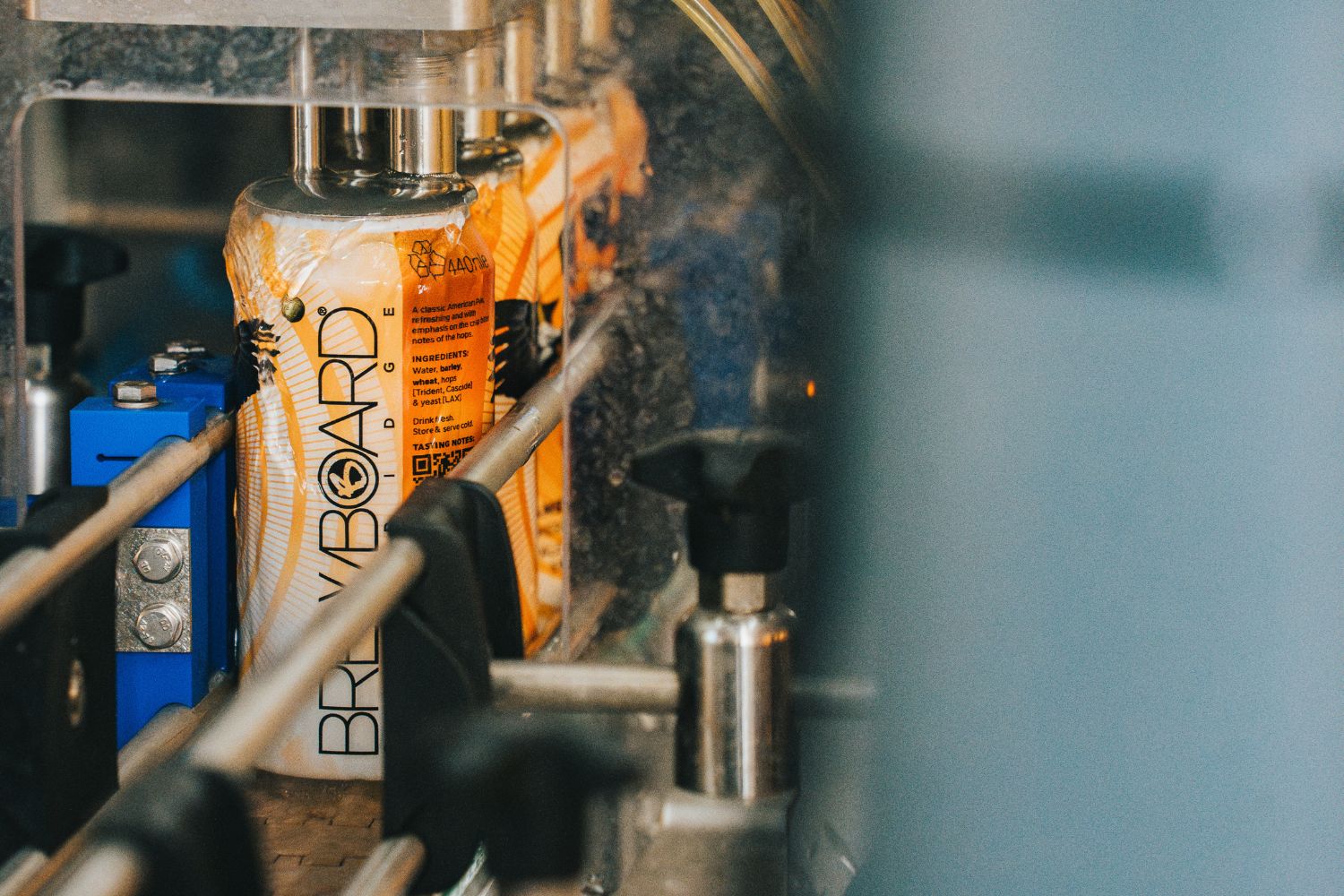What is Contrasting therapy and what are the benefits?
Diet, nutrition and exercise have taken centre stage in mental and physical wellbeing but there is so much more we can be doing than obsessing over what we eat.
There is a new (or not so new) kid on the block…hot and cold immersion therapy. It is one of the oldest and simplest ways to improve both physical and mental wellbeing. Alternating between hot and cold temperatures – simply called “contrasting” – draws inspiration from the ancient traditions of various cultures around the globe. It is accessible to everyone and it is beautifully ageless.
Contrasting offers a wealth of health benefits. Scientific research studies have shown that alternating between hot and cold temperatures can improve vascular health, increase antioxidant activity (therefore boosting immunity), improve hormonal balance and even stimulate the production of certain proteins which protect cells from damage.
Beyond the physical advantages, contrasting therapy can profoundly impact emotional wellbeing through the body. The alternating use of hot tubs or saunas and cold plunge pools elevate mood by raising levels of happiness hormones (endorphins), in turn relieving negative thoughts, symptoms of menopause, as well as lifestyle related stress.
Testing your boundaries when plunging into cold temperatures can also produce a wide smile or even a loud laugh. As you take on the cold after heating up in the sauna, you are both challenging – and winning – against your own fear! At PAUS we witness bursts of happiness and laughter again and again. Nothing glows brighter on the faces of our guests than the happy smiles and blushing skin after conquering our cool plunge pools.Here are a few tips to help you incorporate this practice into your PAUS bathing visit and beyond:
1. Heat up: begin your session by warming up in a hot tub or sauna, drinking plenty of fresh, cold water. The heat helps, making the first plunge easier.
2. Prepare mentally: if you’re new to contrasting, it is important to ease into the practice mentally. You might observe fellow bathers plunging the cool pools with ease. But, as in life, it is important not to always compare yourself with others. Remember, they may be regulars who have been practicing contrasting for months, if not years. Rest assured, their first plunge probably wasn’t as seamless.
3. Breathe: take a moment by the cool pool and breath deeply. It will help you to relax and amplify the mind-body connection.
4. Enter slowly: enter the cool pool peacefully, still breathing deeply and calmly. It can also help to stay quite still, reduce too much movement as this helps to preserve the natural thermal layer your body creates. 5. Challenge your perception: while still standing, immerse your hands in the water, gently massaging your legs and upper body with cold water. If you find it too uncomfortable, step out and get back to the hot tub or sauna, being mindful of the sensations you feel in your legs. You might realise that instead of feeling cold and uncomfortable, the cold water is actually refreshing and soothing.6. Heat up, cool down: after heating up, return for a cold plunge and repeat several times until you are able to immerse up to your shoulders whilst keeping your breath calm and deep. 7. Repeat: stay immersed until comfortable, then return to the hot tub or a sauna.
8. Be present: treat each session of contrasting as an opportunity for being present in the moment. Pay attention to sensations on your skin and how your muscles feel, your heart beats to your thoughts and emotions.
9. Personalise your routine: some prefer morning sessions to invigorate and energise, while others may find late afternoon sessions more relaxing and conducive to better sleep. Either way, it is important to carry on at home by finishing every hot shower with increasing your time under cold water. Remember each time that you have befriended the cold …. now you can gain a full control over it.
10. Hydrate and nourish: during and after the session, hydrate your body and replenish with nutrient-rich foods. Drinking water and consuming antioxidant rich foods (fruits, vegetables, and whole grains) supports your hormone balance and the body’s recovery process.
If you have any underlying health conditions or concerns, it’s always advisable to consult with a healthcare professional before embarking on a contrasting therapy practice.
By Alexandra Weissova Co-Founder @ PAUS.





